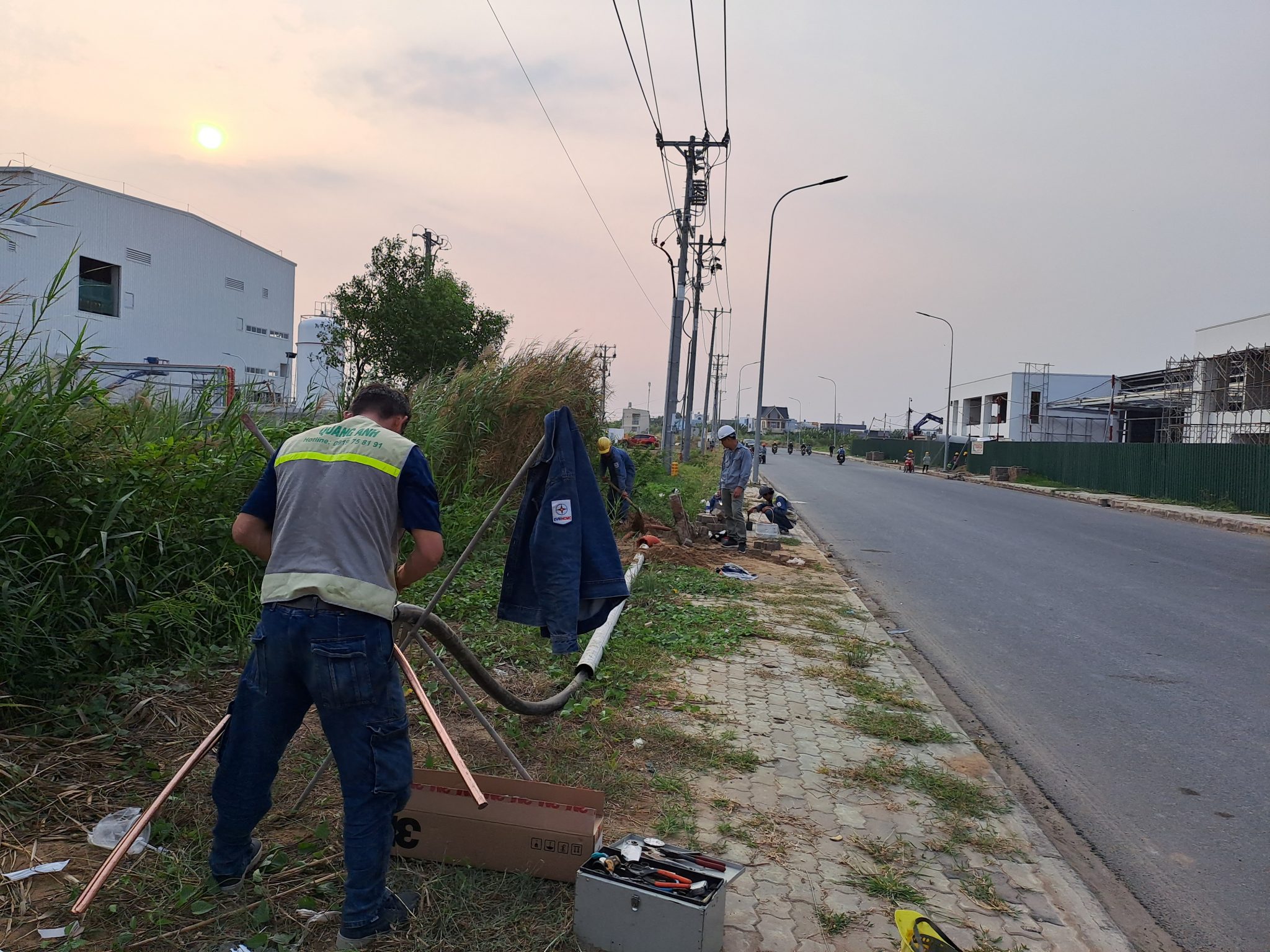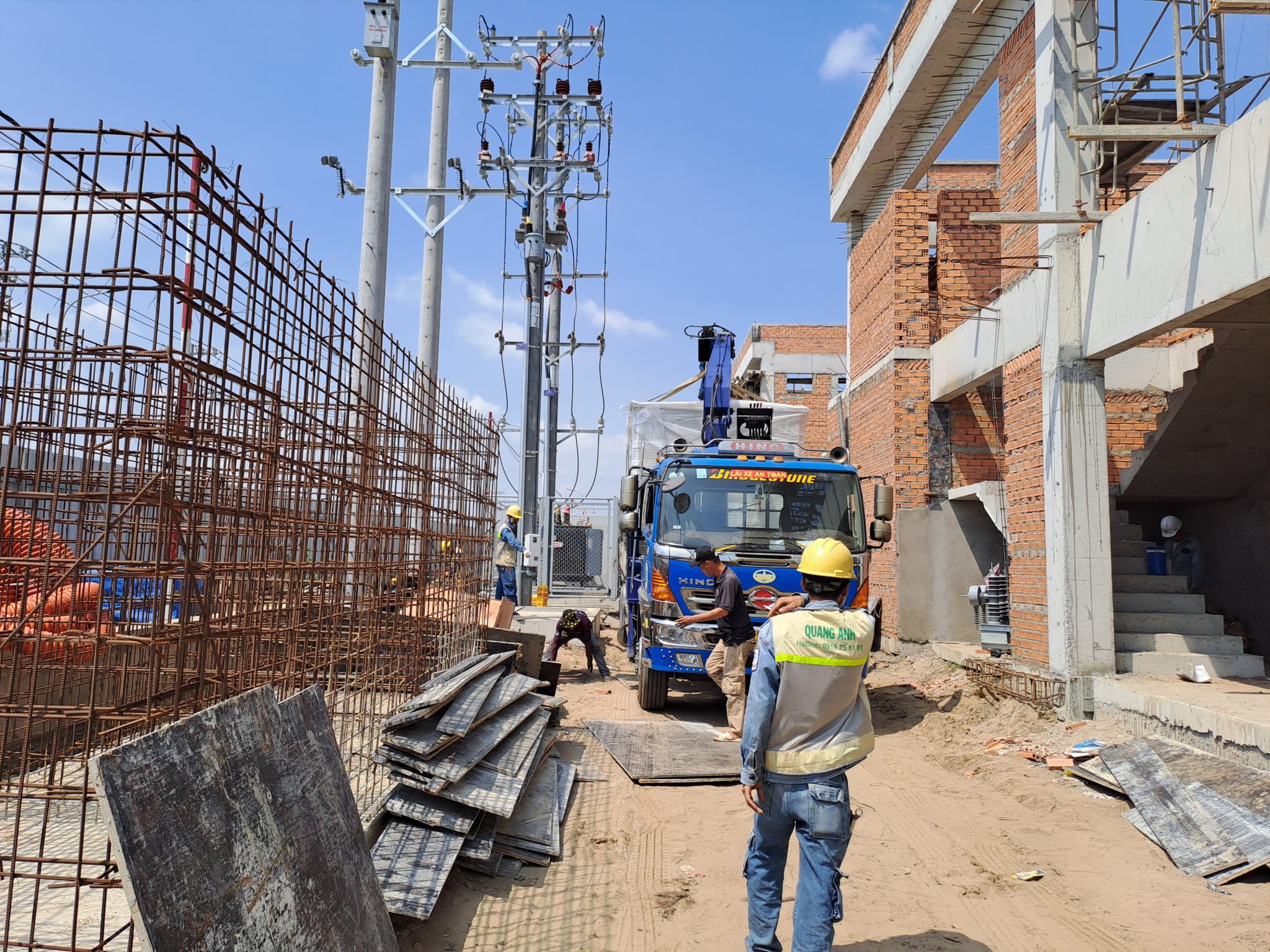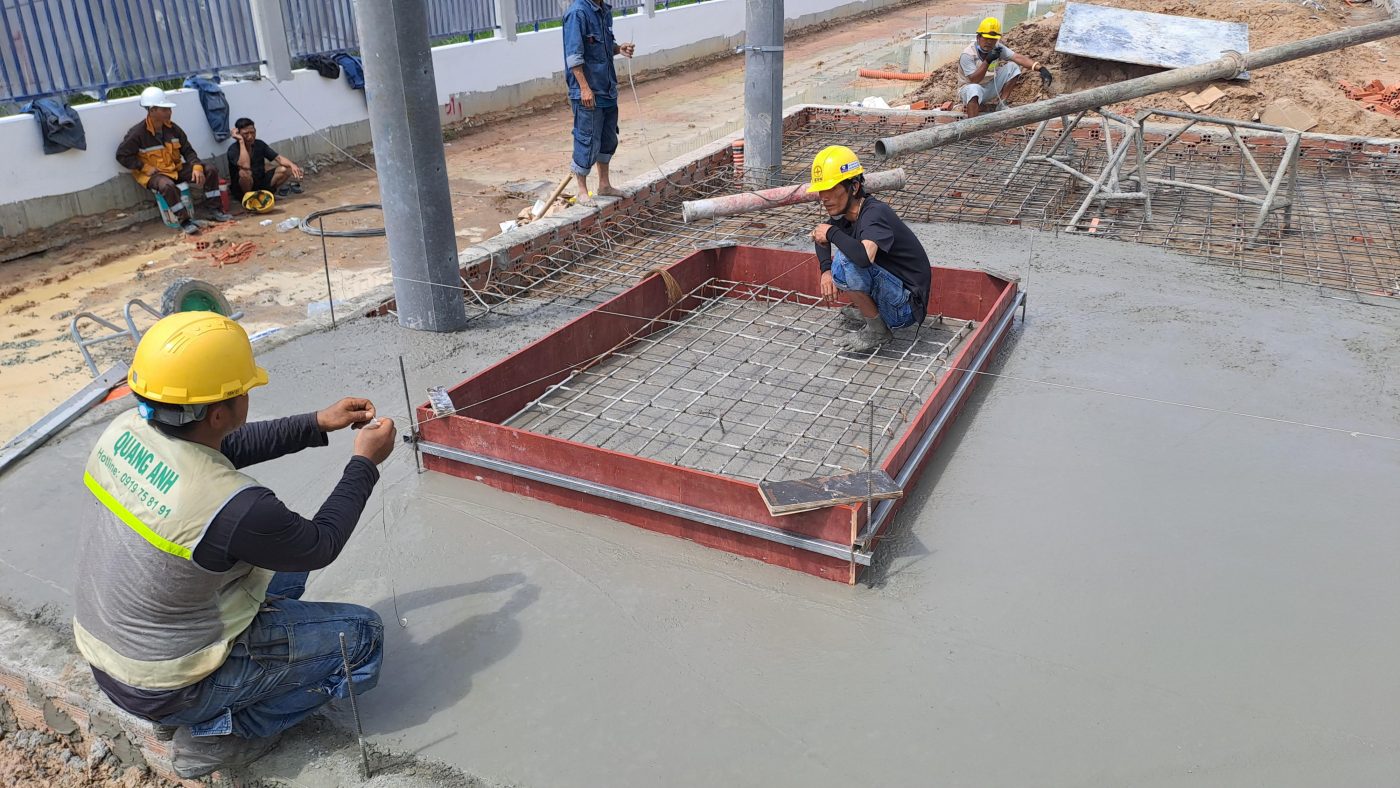The cost of industrial electricity installation depends on several factors such as system capacity, type of equipment used, storage needs, and installation area, especially for solar power systems in industrial settings.
Factors Influencing Industrial Electricity Installation Costs
The cost of installing industrial electricity is impacted by diverse factors including system capacity, electronic storage devices, and installation area. System capacity significantly influences costs; higher capacity leads to higher expenses. The type of industrial electrical storage devices also impacts pricing, spanning from hundreds of millions to billions, depending on storage demands and installation area.
Understanding the intricacies behind these installations involves analyzing key factors that influence costs beyond simple numerical values—considering technical, market, and legal aspects.
System Capacity
System capacity is among the most pivotal factors affecting installation costs. Requirements for higher capacity necessitate more components like cables, circuit breakers, and electrical panels, thus increasing both material and labor costs. The size of the facility and the number of machines requiring electricity directly impact the total capacity needed.
Type and Quality of Electrical Equipment
Electrical equipment ranges from circuit breakers to complete panel systems, with renowned brands like Schneider, Mitsubishi, and ABB offering varied options. Selection is not solely based on price but also on quality, durability, and features. Higher-end imported brands often offer safety and longevity, justifying their higher costs. Selecting appropriate equipment is critical to avoid waste or risk.
Project Complexity and Specificity
Projects in complex structures or remote locations often incur additional costs. Furthermore, meeting technical standards such as fire safety and interference resistance contributes to increased installation expenses.
Material, Labor, and Construction Time Costs
Fluctuations in raw material prices significantly impact installation costs. Labor costs also vary by region and timing. Long-term maintenance and warranty services, while increasing initial expenditures, provide operational stability.
Legal Factors and Policy Support
Industrial electrical systems must adhere to domestic standards like TCVN. Compliance increases installation costs. However, solar or energy-saving incentives can reduce expenses for companies. Complex legal procedures, such as fire safety approvals, must also be factored into budget planning.
Market and Supply-Demand Dynamics
The market for electrical materials and services is influenced by global trade factors, like copper price changes. Competitive bidding impacts installation costs, but decisions should balance price with service quality.

Cost of Installing Solar Power Systems by Capacity
Industrial solar power installation costs range significantly, influenced by system capacity. Larger systems from 50kW to 1,000kW demand extensive space and efficient storage, affecting total costs.
Choosing the right solar power system involves balancing needs and budget. While solar installations aren’t only for homes, businesses should thoroughly assess costs, space, and efficiency.
Cost Classification by Capacity
Installation costs per kWp vary from 8.5 million to 20 million VNĐ, affected by system type (grid-tied or standalone), solar panel brand, and installation location.
-
Small Systems (3-15 kWp): Ranging from 40 million for 3 kWp systems to 145 million for 15 kWp, typically selected by households.
-
Industrial Systems (≥ 100 kWp): Higher capacity reduces per kWp cost, with large systems reaching 300 kWp or more, averaging 8.5-9 million VNĐ per kWp.
Calculating Installation Costs
Two common cost calculation methods include:
- Based on total capacity (kWp): Costs are estimated from desired capacity and actual roof area.
- Monthly electricity consumption: System scale is determined from household or business electricity bills for accurate cost calculation.
Factors Affecting Installation Costs
- System Type: Grid-tied systems are cheaper than those with storage due to omitted battery costs.
- Panel and Inverter Type: These components can constitute up to 60% of total costs, with brands like Thibidi and EEMC affecting choices on cost and efficiency.
- Location and Roof Structure: Roof characteristics and terrain conditions can increase or decrease installation costs.
- System Scale: Larger systems reduce per kWp costs as fixed costs are distributed.
- Maintenance Costs: Generally low and stable, around 1 million VNĐ annually for cleaning and checks.
Efficiency and Area Requirement
- On average, systems produce 4-5 kWh/day per kWp installed.
- Required area ranges from 6-8 square meters per kWp, influenced by panel size and arrangement.
Thorough assessment of these factors is essential for optimizing costs and efficiency in solar power installations for both industrial and residential applications.

Importance of Three-Phase Electricity Pricing in Operational Costs
Three-phase electricity pricing significantly affects industrial operational costs, with fuel price fluctuations increasing costs by 4.8% in 2025. Businesses must project long-term operational expenses based on peak and off-peak electricity rates, aligning with actual voltage levels.
Understanding three-phase electricity pricing is crucial for factories and large-scale consumption businesses to strategize cost optimization and enhance profitability over time.
- Main Cost Components: Three-phase electricity often represents a substantial part of operational costs in industrial and commercial settings. Understanding electricity pricing structures is vital for effective budget management.
- Components of Three-Phase Electricity Pricing:
- Energy Price: Reflects the actual consumption by the business.
- Capacity Charge: Relates to peak capacity usage at any time.
- Transmission and Distribution Fees: Costs for maintaining the electrical network operation.
- Taxes and Additional Fees: Includes VAT and other surcharges, adding to total business costs.
- Production and Business Rates: Production electricity tariffs are generally lower than commercial ones, though higher than residential, ranging from 1,094 VNĐ/kWh to over 5,000 VNĐ/kWh, depending on usage type and time.
- Time-of-Use Impact on Costs: Variable electricity tariffs across peak, normal, and off-peak hours necessitate strategic adjustments by businesses to optimize energy costs.
- Installation and Electrical System Costs: Initial investments range from 10 million VNĐ upwards, with cost-sharing agreements between electricity sellers and customers streamlining financial management.
Implementing efficient cost planning and management is essential. Managing three-phase electricity costs involves understanding price structures and crafting a strategy for optimal capacity usage, preventing unnecessary surcharge increases.

Industrial electrical systems, particularly solar power, offer sustained technical and financial benefits. Optimizing investment and operational costs ensures maximum economic returns and sustainable development.
Contact QuangAnhCons at +84 9 1975 8191 for detailed advice on optimal industrial electricity solutions for your business.
QuangAnhCons offers consulting, design, and installation services for industrial electrical systems, supporting businesses in optimizing costs and operational efficiency while ensuring safety and sustainable growth.
[contact-form-7 id="7239967" title="Contact form 1"]


Related Posts
Tay Ninh Solar Power Planning: Technical Framework, Grid Interconnection, and Rollout Roadmap
Technical overview of solar planning in Tay Ninh: irradiation, grid capacity, permitting, design, operations, and [...]
Dec
Binh Duong Solar Planning: Regulatory Framework, Grid Interconnection, and an Implementation Roadmap for Factories and Industrial Parks
An overview of Binh Duong solar planning: legal framework, interconnection, design, risk management, and an [...]
Dec
Solar Farm Repair: O&M Workflow, IV Curve Diagnostics, Thermography, Inverter Service and Utility-Scale Safety
A utility-scale solar farm repair plan centered on O&M, IV curves, thermal imaging, inverter service, [...]
Dec
Dong Nai Solar Power Plan 2023–2025: Tri An 1,029 MW, Grid Upgrades and the DPPA Pathway
A complete look at Dong Nai’s solar power plan: Tri An 1,029 MW, irradiation potential, [...]
Nov
Quang Ngai Solar Power Plan 2024–2030: Legal Framework, Irradiance Potential, and Development Roadmap
A complete look at Quang Ngai’s solar power plan: capacity targets, irradiance (PVout), development zones, [...]
Nov
Solar Damage Assessment Services: On-Site Procedures, EL/IV/Thermography Testing & Compliance with Standards
Discover IEC/UL/NEC standard solar damage assessment processes: on-site evaluation, EL and IV curve testing, thermal [...]
Nov
Comprehensive Package Estimate for a 1800MVA 500kV Substation: Scope, Configuration 3x600MVA, Standards and Timeline Management
An overview of the 1800MVA 500kV substation estimate: construction scope, configuration 3x600MVA, GIS/AIS, SCADA, standards, [...]
Nov
Factory Electrical Systems: Comprehensive Design and Implementation Guide
Discover the detailed and safe process of factory electrical systems design and implementation. [...]
Oct
Blueprints Required for Factory Construction Permits
Discover the necessary blueprints in factory construction permit applications, from floor plans to electrical and [...]
Oct
What Are the Requirements for a Factory Construction Permit? A Comprehensive Guide
Explore the documentation and steps needed to secure a factory construction permit for streamlined project [...]
Oct
Factory Construction Permit Procedures in Vietnam: Essential Guidelines and Documents
Learn the procedures for securing a factory construction permit in Vietnam, focusing on document preparation [...]
Oct
Key Steps in the Factory Construction Process
Discover the essential steps and requirements for building factories. [...]
Oct
Comprehensive Electrical Substation Solutions by Quanganhcons
Discover the cutting-edge electrical substation solutions offered by Quanganhcons for industrial applications. [...]
Oct
Investment Costs for a 1MWp Solar Power System and Influencing Factors
Explore the investment costs for a 1MWp solar power system in Vietnam and the influencing [...]
Sep
QuangAnhcons: Elevating Wind Energy Solutions
Explore QuangAnhcons' leadership in wind energy and renewable solutions in Vietnam. [...]
Sep
Electrical Contractor Strategies at Becamex Industrial Park
Discover the strategic advancements and partnerships of the electrical contractor at Becamex Industrial Park. [...]
Sep
Investment Insights for 1MW Wind Energy in Vietnam: Costs and Opportunities
Discover the detailed analysis of costs and opportunities for investing in 1MW wind energy projects [...]
Sep
Advanced Electrical Installation Solutions by QuangAnhcons
Explore advanced electrical installation solutions and modern technology with QuangAnhcons. [...]
Sep
Enhancing Industrial Electrical Services with Quanganhcons
Discover Quanganhcons' expertise in industrial electrical services, offering efficient and sustainable power systems. [...]
Sep
Comprehensive MEP Solutions by QuangAnhcons: From Design to Maintenance Excellence
Discover optimal MEP solutions with QuangAnhcons, dedicated to excellence from design through maintenance. [...]
Sep